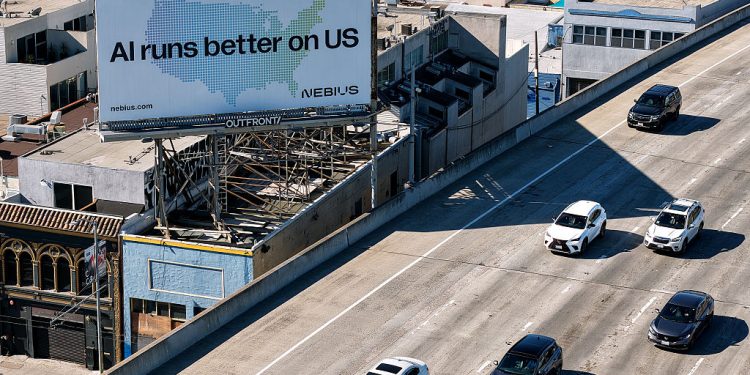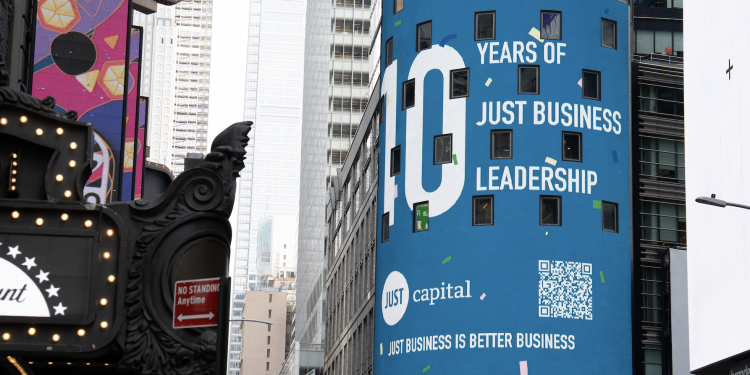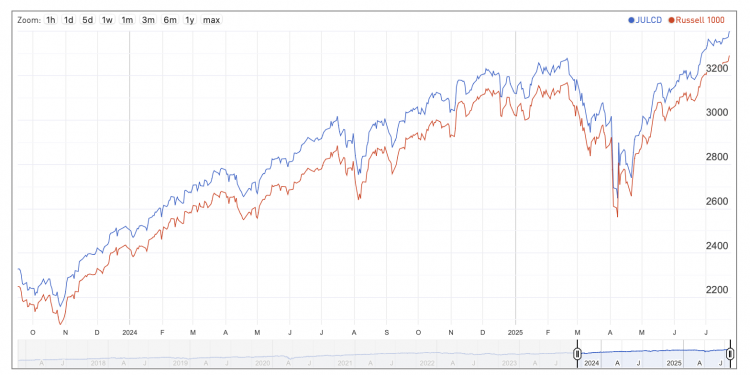Amazon Go and the 2.3 Million Cashiers it Could Leave Behind
Last week, Amazon opened its first automated grocery store in Seattle – Amazon Go – allowing customers to stroll in, grab the items they need, and leave without having to stop at check out. This is all thanks to cameras and AI algorithms that track what shoppers pick up along the way, eliminating the need for cashiers entirely.
Known for its ever-changing, groundbreaking technological innovation, Amazon has been shifting the retail landscape since day one – not only for consumers but for employees. So what could this latest change mean for American retail workers?
JUST Capital’s wage model includes estimates for employment by title, wage, and location for over 14 million American workers at the 140 largest retail and service sector companies. Using this data, we looked at what would happen if cashier duties at all these companies becomes completely automated, as they are at Amazon Go. We found that nearly 1.8% of the U.S. private sector workforce – that’s 2.3 million Americans working for companies like Walmart, Target and The Gap – could be affected, representing roughly two-thirds of the 3.4 million cashiers throughout the U.S.
The potential impact at the local level could be profound. In Los Angeles for example, the total automation of cashier duties would reduce the number of retail workers within the greater Los Angeles County by an estimated 49,000. In Dallas County, 19,381 workers would be affected.
In terms of the impact on payroll, we estimate the 2.3 million jobs affected translate into nearly $37 billion in potentially lost income nationwide. While this is a mere 0.6% of the country’s $5.643 trillion private sector income, in some regions the impacts could be material, not only in terms of lost income, but also the additional participation in public support programs (such as food stamps and Medicaid) if these workers are unable to find new jobs.
Of course, this scenario is a hypothetical – not predictive – consideration of the shifting brick and mortar landscape, but the future of work no doubt stands as a growing question in America, particularly for workers in the retail industry. Technological progress is inevitable, but its potential implications are wide-ranging – Will automation destroy or create new jobs? Who will take the lead in the critical task of new skill development and job retraining? Will we generate more or less income with the advent of new technology? How might changes affect the government subsidies many Americans rely on to make ends meet? And where will these shifts be most felt?
As the top company in JUST Capital’s rankings when it comes to job creation, Amazon is expected to grow its business considerably throughout the next year – with 50,000 new jobs planned for its anticipated second headquarters. With U.S. jobs among the top priorities for the American people, JUST Capital will continue to track Amazon’s impact on both job creation and elimination in the company’s own stores, distribution centers, and corporate headquarters, as well as throughout the American retail landscape.
This article was originally published on Forbes.com.






